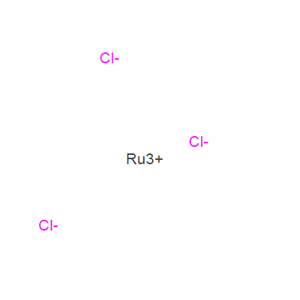
Ruthenium(III) chloride hydrate(1:x)
| Price | Get Latest Price |
| Package | 1kg |
| Min. Order: | 1kg |
| Supply Ability: | 1000kg |
| Update Time: | 2022-09-21 |
Product Details
| Product Name: Ruthenium(III) chloride hydrate(1:x) | CAS No.: 14898-67-0 |
| Min. Order: 1kg | Purity: 99% |
| Supply Ability: 1000kg | Release date: 2022/09/21 |
Product Description
R&D, intermediates.
Packing&Delivery
package:1kg drum&25kg drum ,delivery:prompt delivery
Main product:
1H,1H,2H,2H-Nonafluorohexyl triethoxysilane 102390-98-7
Dimethoxy(methyl)(3,3,3-trifluoropropyl)silane 429-60-7
1H,1H,2H,2HPerfluorooctyltriethoxysilane 51851-37-7
1H,1H,2H,2H-Nonafluorohexyl trimethoxysilane 85877-79-8
Dimethoxy(methyl)(3,3,3-trifluoropropyl)silane 358-67-8
dichloro-methyl-(3,3,3-trifluoro-propyl)-silane 675-62-7
2,2,4,4,6,6-Hexaethyl-1,3,5,2,4,6-trioxatrisilinane Cyclotrisiloxane 2031-79-0
DI-N-HEXYLDICHLOROSILANE 18204-93-8
(3,3,3-TRIFLUOROPROPYL)METHYLCYCLIC SILOXANES 2374-14-3
Trimethylphenoxysilane 1529-17-5
triethylene-1h,1h,2h,2h-tridecafluoro-n-octylsilane 51851-37-7
1H,1H,2H,2H-PERFLUOROOCTYLTRIMETHOXYS 85857-16-5
1H,1H,2H,2H-PERFLUORODECYLTRIETHOXYSILANE 101947-16-4
1H,1H,2H,2H-PERFLUORODECYLTRIMETHOXYSILANE 83048-65-1
Perfluoro n-butylsulfonyl fluoride 375-72-4
Perfluorobutane sulfonic acid potassium salt 29420-49-3
Perfluoro n-butylsulfonic acid 375-73-5
Perflurohexane sulphonyl fluoride 423-50-7
Contact information
Contact name :Cathy zhao
Wechat NO:008615503787326
whatsapp NO:+8615503787326
Email:hnkanbeichemical@163.com
Pls feel free to contact me at any time .
7440-06-4
Company Profile Introduction
You may like
Recommended supplier
| Product name | Price | Suppliers | Update time | |
|---|---|---|---|---|
| $0.00/25KG |
VIP3Y
|
Hebei Weibang Biotechnology Co., Ltd
|
2024-11-01 | |
| $5.00/1kg |
VIP3Y
|
Hebei Fengjia New Material Co., Ltd
|
2024-08-23 | |
| $0.00/25kg |
VIP1Y
|
Hebei Mojin Biotechnology Co.,Ltd
|
2024-08-22 | |
| $10.00/10kg |
VIP1Y
|
Shandong Juchuang Chemical Co., LTD
|
2024-03-12 | |
| $30.00/1kg |
VIP5Y
|
Hebei Yanxi Chemical Co., Ltd.
|
2023-11-16 | |
| $0.00/1kg |
VIP3Y
|
Henan Aochuang Chemical Co.,Ltd.
|
2022-09-16 | |
| $15.00/1KG |
Zhuozhou Wenxi import and Export Co., Ltd
|
2021-07-09 | ||
| $8.00/1kg |
VIP7Y
|
Career Henan Chemical Co
|
2018-12-16 | |
| $15.00/1KG |
Zhuozhou Wenxi import and Export Co., Ltd
|
2021-06-27 |
- Since: 2021-01-05
- Address: Evergrande Future City, intersection of Zhengkai Avenue and Sixteenth Street, Kaifeng Area, Henan Pi
+86-15237804566
henankanbeichemical@163.com



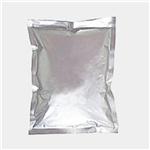



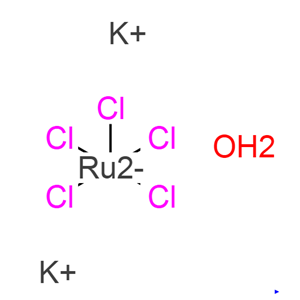
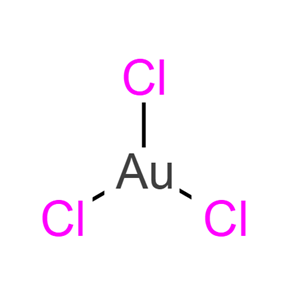
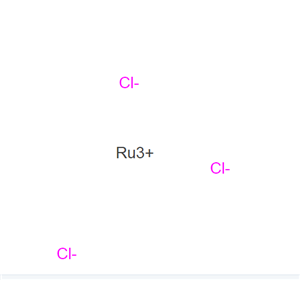

 China
China